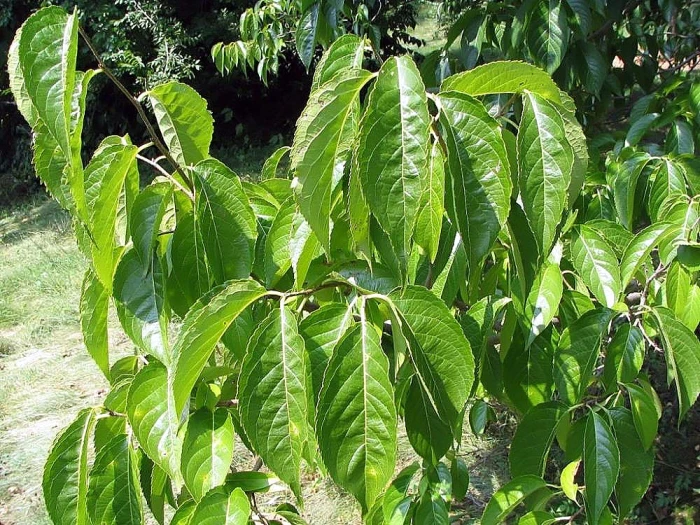Hardy Rubber Tree
(Eucommia ulmoides)
Hardy Rubber Tree (Eucommia ulmoides)
/
/

Photo by David J. Stang
CC BY-SA 4.0
Image By:
Photo by David J. Stang
Recorded By:
Copyright:
CC BY-SA 4.0
Copyright Notice:
Photo by: Photo by David J. Stang | License Type: CC BY-SA 4.0 | License URL: https://creativecommons.org/licenses/by-sa/4.0 | Uploader: David Stang | Publisher: Wikimedia Commons | Title: Eucommia_ulmoides_1zz.jpg | Notes: Uploaded own work with UploadWizard |





























Estimated Native Range
Climate Requirements for Logan City, Australia
| This Plant | Your Site | Plant Suitability for Your Location | ||
|---|---|---|---|---|
| • Precipitation | 13" - 121" | 49" | Aquatic | Aquatic |
| • High Temp. | 70°F - 94°F | 86°F | Your summer temperatures are normal for this plant. | Excellent |
| • Low Temp. | 8°F - 56°F | 47°F | Your winter temperatures are normal for this plant | Excellent |
This plant should grow well at your location with about N inches per year (Y minutes per month) of irrigation.
Summary
Eucommia ulmoides, commonly known as Hardy Rubber Tree, is a deciduous tree native to the forest margins, stream banks, and mountain foothills of China. It typically grows to about 49 feet (15 meters) tall and has a rounded crown. The Hardy Rubber Tree is notable for its glossy green leaves, which, when torn, exude latex that can solidify into rubber, demonstrating the tree’s unique characteristic of latex production. It flowers from March to May with inconspicuous, small, and greenish flowers that are not particularly showy.
The Hardy Rubber Tree is valued for its adaptability to urban environments, tolerance of pollution, and its potential as a source of natural rubber in colder climates where other rubber-producing plants cannot survive. It is used in botanical gardens and private gardens for its interesting botanical properties and as a conversation piece. The tree is also appreciated for its attractive, elm-like form, making it suitable for use as a shade tree or ornamental specimen. It thrives in full sun to part shade, requires medium amounts of water, and prefers well-drained soils. While it is generally pest and disease resistant, it can occasionally suffer from leaf spot or canker. It is not known to have aggressive roots or to be particularly invasive outside its native range.CC BY-SA 4.0
The Hardy Rubber Tree is valued for its adaptability to urban environments, tolerance of pollution, and its potential as a source of natural rubber in colder climates where other rubber-producing plants cannot survive. It is used in botanical gardens and private gardens for its interesting botanical properties and as a conversation piece. The tree is also appreciated for its attractive, elm-like form, making it suitable for use as a shade tree or ornamental specimen. It thrives in full sun to part shade, requires medium amounts of water, and prefers well-drained soils. While it is generally pest and disease resistant, it can occasionally suffer from leaf spot or canker. It is not known to have aggressive roots or to be particularly invasive outside its native range.CC BY-SA 4.0
Plant Description
- Plant Type: Tree
- Height: 40-60 feet
- Width: 30-50 feet
- Growth Rate: Rapid
- Flower Color: N/A
- Flowering Season: Spring
- Leaf Retention: Deciduous
Growth Requirements
- Sun: Full Sun, Part Shade
- Water: Medium
- Drainage: Medium
Common Uses
Deer Resistant, Drought Tolerant, Edible*Disclaimer: Easyscape's listed plant edibility is for informational use. Always verify the safety and proper identification of any plant before consumption., Erosion Control, Low Maintenance, Rabbit Resistant
Natural Habitat
native to the forest margins, stream banks, and mountain foothills of China
Other Names
Common Names: Gutta-Percha, 두층
Scientific Names: Eucommia ulmoides, Eucommia ulmoides var. yunnanensis
GBIF Accepted Name: Eucommia ulmoides Oliv.